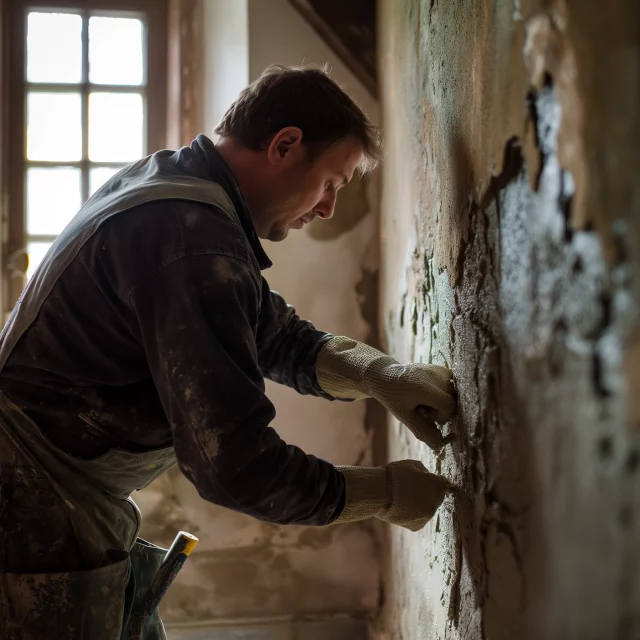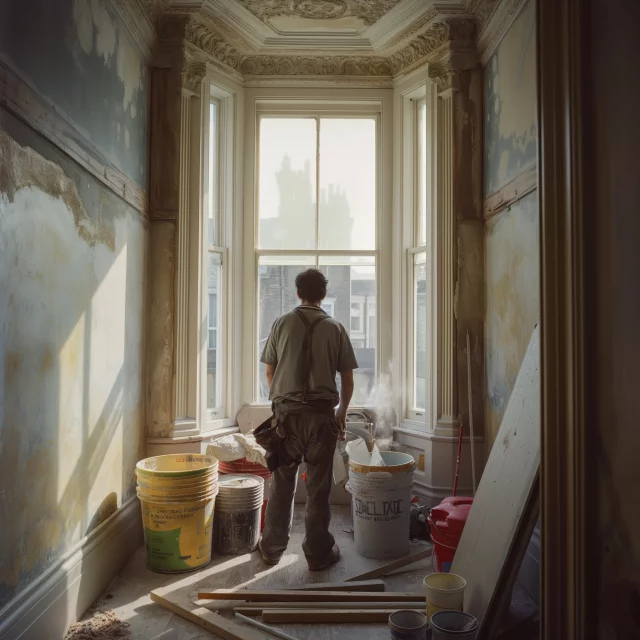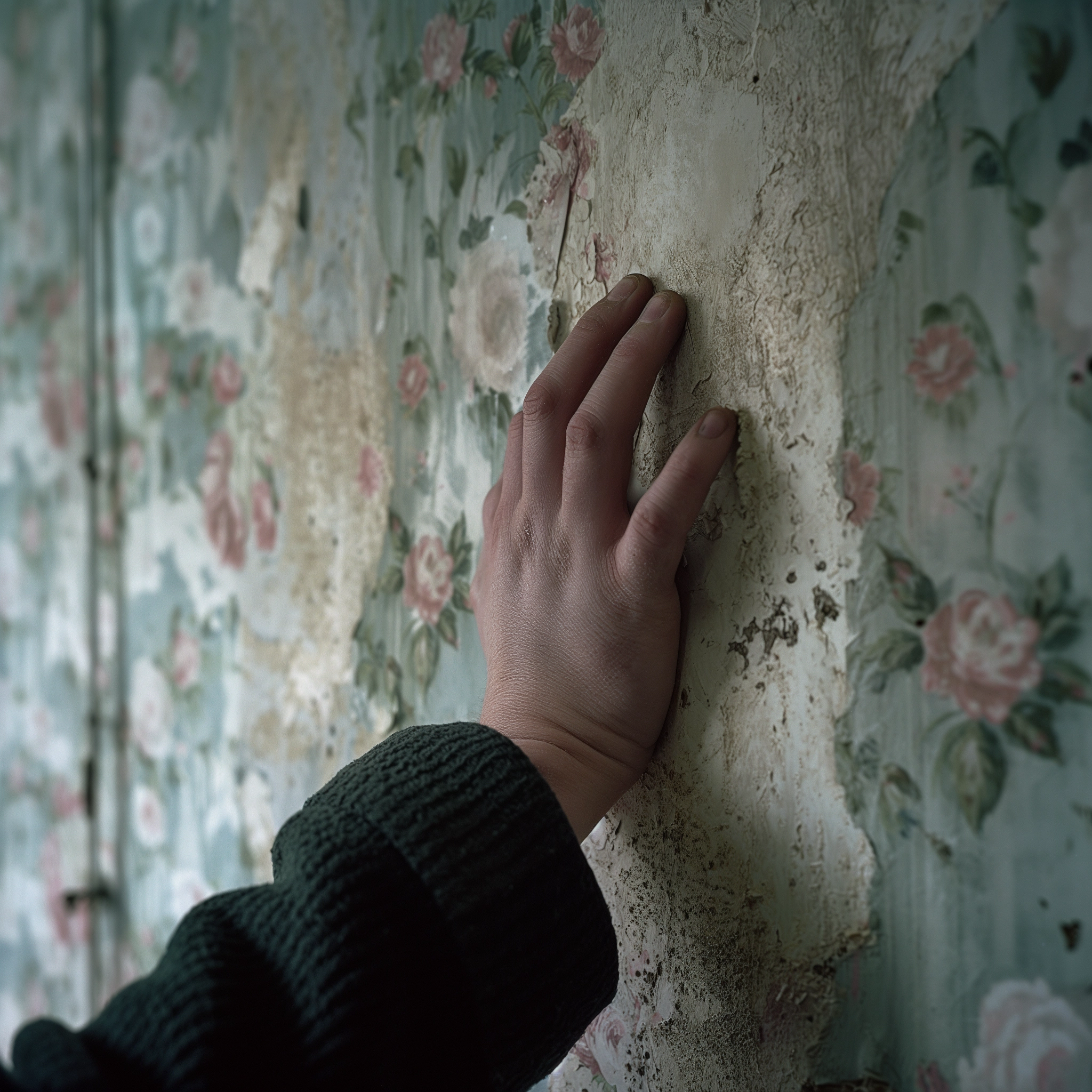In the damp, often unpredictable climate of the UK, the integrity of our homes is constantly under threat from the insidious problem of damp. This per
In the damp, often unpredictable climate of the UK, the integrity of our homes is constantly under threat from the insidious problem of damp. This pervasive issue not only jeopardises the structural health of properties but also poses significant risks to the health and well-being of inhabitants.
Recognising the early indicators of damp can be the difference between a simple, manageable fix and a costly, extensive remediation effort. It’s crucial, therefore, that we arm ourselves with knowledge about these indicators, understand the various types of damp and their origins, and take decisive action to protect our homes and health.
Early Detection and Key Indicators

The battle against damp begins with vigilance. Mould growth, persistent musty odours, discolouration of walls, and the appearance of watermarks or tide lines are not merely aesthetic concerns but are indicative of moisture migration within the structure of our homes. Physical evidence such as peeling wallpaper or paint, deterioration of skirting boards or timber due to moisture, and visible salt deposits from evaporated moisture should immediately alert us to the presence of damp.
These signs are not only distress signals sent out by the building itself but also a call to action for homeowners. Ignoring these early indicators can lead to more severe consequences, including extensive structural damage and significant health risks. It is, therefore, imperative that we take these signs seriously and investigate further to determine the cause and extent of the damp.
Understanding Damp Types and Origins
Damp can manifest in several forms within our homes, each with distinct causes and remedies. The classification of damp into rising, penetrating, and condensation is crucial for targeted interventions. Rising damp occurs when moisture from the ground ascends through the walls by capillary action, penetrating damp results from water ingress through the exterior, and condensation damp is caused by the lack of adequate ventilation and heating, leading to moisture accumulation inside the home.
Differentiating between these types is essential, as each requires a specific approach to remediation. External factors, such as flawed roofing, guttering, or plumbing, can allow moisture to enter the home, while internal factors, like inadequate ventilation and heating, can exacerbate the problem. Understanding the origins of damp in our properties enables us to address the root cause rather than merely treating the symptoms.
Impact on Health and Structure
The implications of unchecked damp extend far beyond the immediate inconvenience and aesthetic degradation. Health risks associated with prolonged exposure to damp environments include respiratory issues and the exacerbation of allergies, posing a silent threat to the health and well-being of occupants. Moreover, the structural integrity of our homes is compromised over time, leading to significant repair costs and potentially hazardous living conditions.
The presence of damp can eat away at the fabric of a building, weakening timber, corroding metals, and damaging plasterwork. This deterioration not only leads to financial strain due to repair costs but also diminishes the overall safety and security of the living environment. Therefore, understanding the impact of damp on both health and structure is crucial for homeowners to take timely and effective action.
Damp Proofing Strategies and Remediation

Addressing the challenge of damp in our homes requires a multifaceted approach tailored to the specific type of damp and the unique conditions of the property. For rising damp, chemical injections may be employed to create a barrier against moisture ascension, while physical barriers and repairs may be necessary to prevent penetrating damp. Condensation, on the other hand, often requires improvements in ventilation and heating to reduce moisture levels in the air.
Moreover, the repair of external flaws such as leaks in roofing, guttering, or plumbing is essential to prevent further water ingress. These strategies not only address the immediate presence of damp but also work to prevent its recurrence, safeguarding the health of the building and its occupants.
Expert Consultation and Selection Criteria
The complexity of diagnosing and treating damp effectively necessitates the involvement of professionals. Accurate diagnosis and the formulation of a comprehensive treatment plan require an expert assessment, making the selection of a qualified professional a critical step in the damp-proofing process.
Evaluating professionals based on their experience, certifications, and membership in reputable associations ensures that we engage individuals who are capable of providing high-quality service. Positive client feedback serves as an additional indicator of a professional’s reliability and effectiveness, guiding us in making informed decisions when selecting an expert to address our damp proofing needs.
Preventive Measures and Regular Maintenance
Proactive measures are essential in preventing the occurrence of damp within our homes. Regular inspections and maintenance of critical components such as gutters, roofs, and plumbing systems can significantly reduce the risk of dampness by ensuring that water is effectively channelled away from the building.
Additionally, immediate action in response to signs of damp can prevent minor issues from escalating into more severe problems, safeguarding the structural integrity of our homes and the health of its inhabitants.
“As a professional damp specialist, I cannot stress enough the importance of preventive measures and regular maintenance. Vigilant inspections and timely repairs are key to averting damp-related issues before they escalate. By ensuring your property is well-maintained, with a focus on guttering, roofing, and plumbing, you not only protect the structure from the damaging effects of moisture but also secure a healthier living environment for your family. Remember, the cost of prevention is always less than the cost of repair. Make damp proofing a priority, not an afterthought.” – Phil Donno, Sussex Damp Treatments.
Financial Considerations and Value Preservation

Investing in effective damp proofing is not merely an expenditure but an investment in the longevity and health of our property and its occupants. While the costs associated with damp proofing can vary, the benefits of such interventions extend far beyond the immediate rectification of damp issues.
Effective damp proofing enhances the market value of the property and ensures a healthier living environment, making it a prudent financial decision for homeowners.
Holistic Benefits of Effective Damp Proofing
The benefits of effective damp proofing transcend the immediate rectification of existing issues, offering long-term advantages that include safeguarded structural integrity, improved indoor air quality, and enhanced energy efficiency.
Beyond these tangible benefits, creating a damp-free home environment significantly contributes to the overall well-being of its inhabitants, underscoring the importance of timely and effective damp-proofing measures.
Final Thoughts
Recognising the early indicators of damp, understanding its types and origins, and implementing targeted damp-proofing strategies are essential for maintaining the structural integrity and health of our homes. Engaging with professionals for accurate diagnosis and treatment, alongside proactive maintenance and preventive measures, can safeguard against the insidious threats posed by damp.
Ultimately, effective damp proofing is not only a financial investment in our property’s longevity but a crucial step towards ensuring a healthier, safer living environment for ourselves and our loved ones.



















































































































COMMENTS